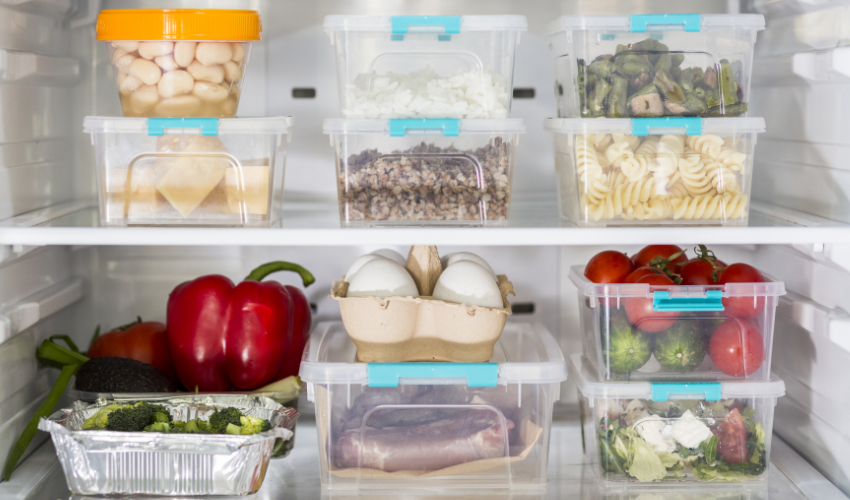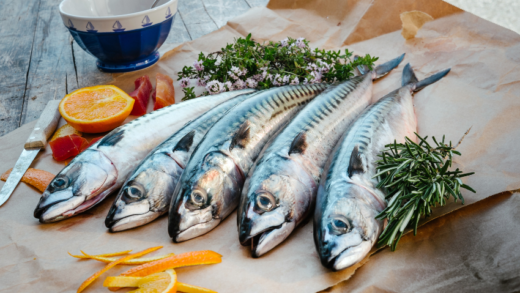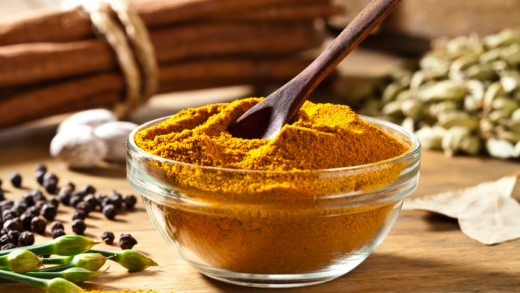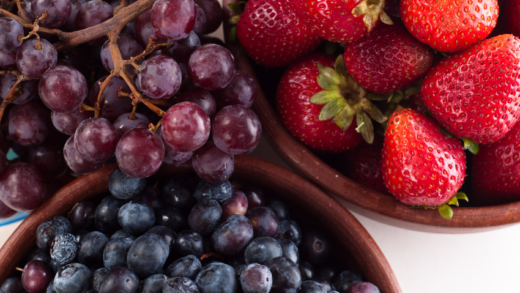Food safety is an essential aspect of our daily lives and it is imperative that we take all necessary precautions to keep our food free from bacterial growth and avoid food poisoning. Bacteria can cause food to spoil, making it unsafe for consumption. In this comprehensive guide, we’ll discuss the best practices and tips to prevent bacterial growth in food and ensure it remains safe for consumption.
What Causes Bacterial Growth in Food?
Bacterial growth in food is caused by a number of factors, including temperature, moisture, and exposure to air. Bacteria thrives in moist environments, so it is important to keep food, especially perishable products, dry and stored at the proper temperature to prevent bacterial growth. Additionally, exposure to air can also promote the growth of bacteria, so it is important to keep food properly sealed and stored to minimize air exposure.
Best Practices to Prevent Bacterial Growth in Food

- Proper Food Storage One of the best ways to prevent bacterial growth in food is by properly storing products.
Food should be stored in airtight containers at the proper temperature to prevent the growth of bacteria. The recommended temperature for storing food is between 40°F and 140°F, with 40°F being the ideal temperature for refrigeration and 140°F for hot food. - Keep Food Dry Moisture is a breeding ground for bacteria, so it is important to keep food dry.
When storing food, make sure to blot it dry with a paper towel to remove excess moisture. Additionally, store food in airtight containers to prevent the buildup of moisture. - Avoid Cross-Contamination
Cross-contamination can occur when bacteria from raw food is transferred to cooked food. To prevent cross-contamination of food, make sure to wash your hands thoroughly before handling products and to use separate cutting boards and utensils for raw and cooked food. - Cook Food Thoroughly Cooking food to the proper temperature can kill bacteria and prevent bacterial growth.
The recommended internal temperature for meat and poultry is 165°F, while the recommended temperature for fish is 145°F. Use a food thermometer to ensure that the food is cooked to the proper temperature.
Frequently Asked Questions on How to Prevent Bacterial Growth in Food
Can food still be contaminated if it is stored at the proper temperature?
Yes, food can still be contaminated even if it is stored at the proper temperature. Cross-contamination from other sources, such as utensils or hands, can still occur and promote bacterial growth. It is important to follow all best practices to prevent bacterial growth in food, including proper storage, avoiding cross-contamination, and cooking food thoroughly.
Is it okay to eat food that has been left out at room temperature for a few hours?
No, food should not be consumed if it has been left out at room temperature for more than 2 hours. Bacteria can grow rapidly at room temperature, making the food unsafe for consumption.
Can bacteria still grow in the freezer?
Bacteria can grow in the freezer, but at a slower rate than at room temperature. However, it is still important to properly store food in the freezer and to consume it within a reasonable amount of time to prevent bacterial growth. You can find out how long you can store different types of products in the freezer in our next article.

What is the best way to thaw food to prevent bacterial growth?
The best way to thaw food is in the refrigerator, as the slow thawing process at a safe temperature can prevent bacterias from growing. Avoid thawing food at room temperature or using the microwave, as these methods can promote bacterial growth.
Can bacteria grow in canned food?
Bacteria can grow in canned food if the can is damaged or if the food inside is not properly stored. To prevent it in canned food, make sure to check the can for any damage before opening and to store the food in a cool, dry place.
Conclusion
In conclusion, following best practices and tips to prevent bacterial growth in food is crucial to ensure food safety. From proper food storage to avoiding cross-contamination and cooking food thoroughly, taking these steps can help to minimize the risk of bacterial growth and keep our food safe for consumption. By following these guidelines, we can all take an active role in ensuring the safety and quality of the food we eat.






















